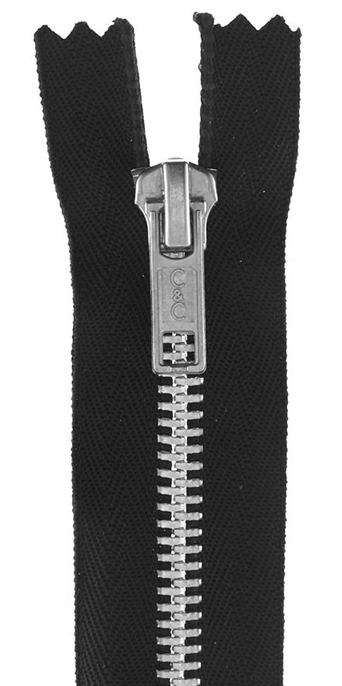January 30, 2020
Aluminum is aluminum is aluminum…right?
Well, not exactly. The base properties of elemental aluminum are well documented and have been described extensively on this website. The properties of this remarkable metal include (but are not limited to):
- Lightness
- Reyclability
- Ductility
- Malleability
- Reflectivity
- Corrosion-resistance
- Strength at low temperatures
- Electrical and thermal conductivity
And thanks in part to its prevalence in Earth’s crust, hardly a day goes by when the average American does not come into contact with some form of aluminum or see it in action.



From kitchen foil to clothing zippers to beverage containers to smartphone bodies to airplane fuselages and more, aluminum is found wherever you go. Yet there is more than meets the eye in all these instances of our day-to-day interactions with this metal.
Put simply, most forms of “aluminum” in use today are actually aluminum alloys—that is, a mixture of elements. The primary purpose in adding other ingredients to aluminum is to modulate the native characteristics of the metal in its pure state in order to meet the needs of specific applications. For example, when silicon is added to aluminum, the melting point of the metal is reduced without producing brittleness when it solidifies, which makes this alloy ideal for welding and brazing purposes
The chemistry and technology underlying the production of aluminum alloys could fill a book. In a nutshell, however, there are two principal classifications of aluminum alloy types—namely, casting alloys and wrought alloys. These are subdivided further into the categories of heat-treatable and non-heat-treatable. In addition, cast aluminum and wrought aluminum alloys are each given a standard ANSI designation to identify the alloying elements used. Wrought aluminum alloys are identified with a four-digit number in a 1000-to-8000 series; while cast aluminum alloys are identified with a four- to five-digit number system, including a decimal point.
Since wrought aluminum alloys make up about 85% of all aluminum products in use today, the infographic below shows only the designations for wrought alloys. Under the International Alloy Designation System, each alloy is given a four-digit number, where the first digit indicates the major alloying elements, the second, indicates a variation of the alloy, and the third and fourth digits identify the specific alloy in the series.
For each of the eight major alloy groups, the infographic describes the chemical makeup and characteristics of the series, as well as providing specific examples of applications for that alloy.
(Click on the image to download a printable PDF version of the infographic.)








